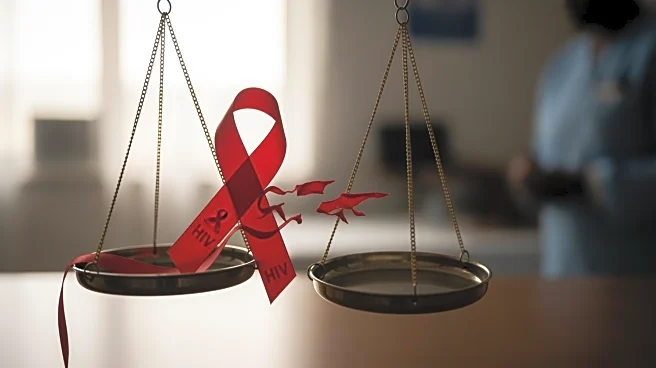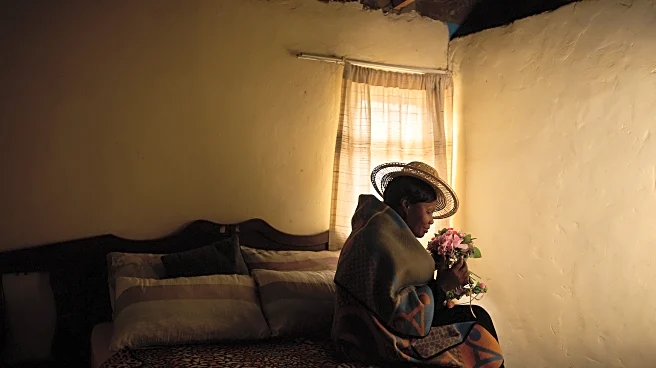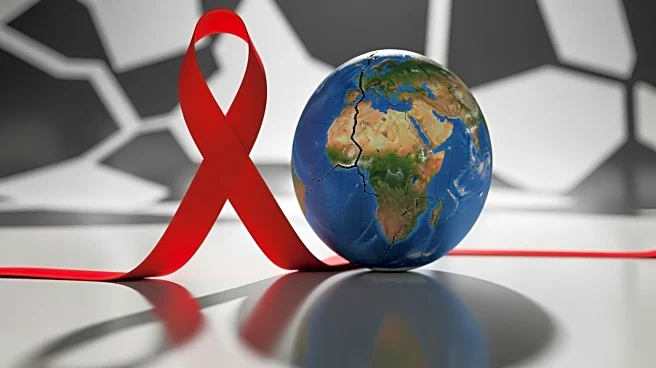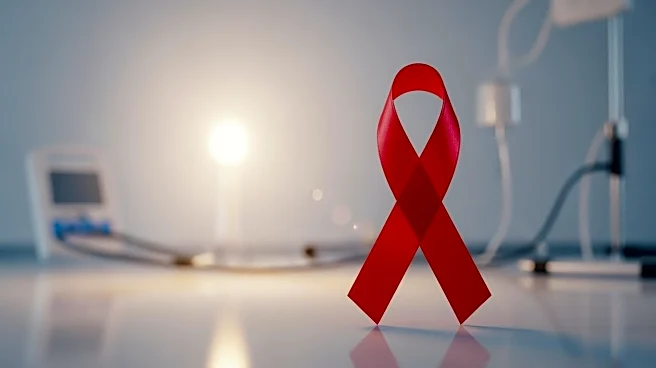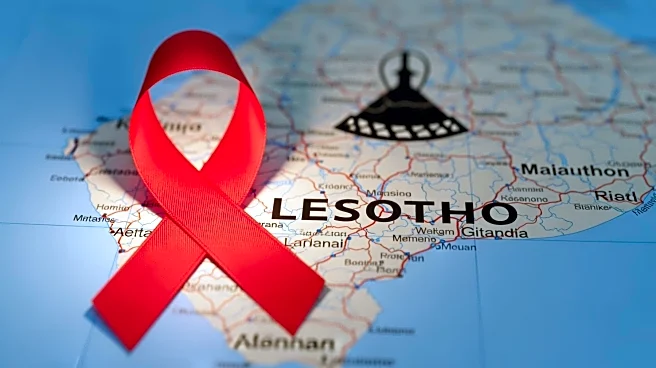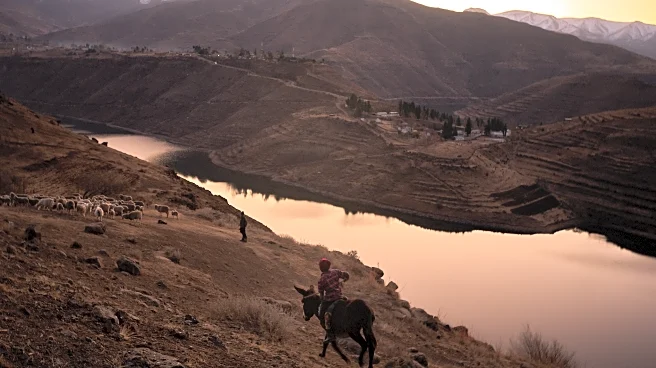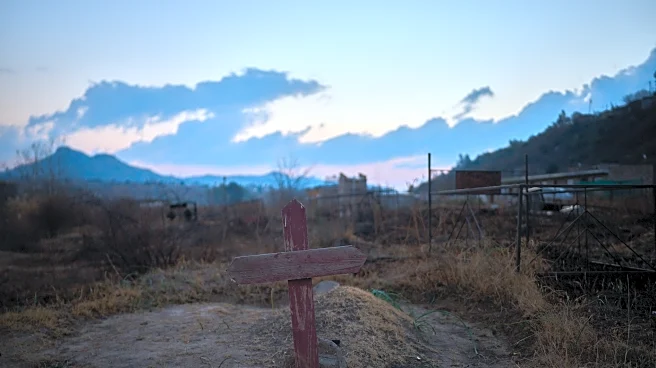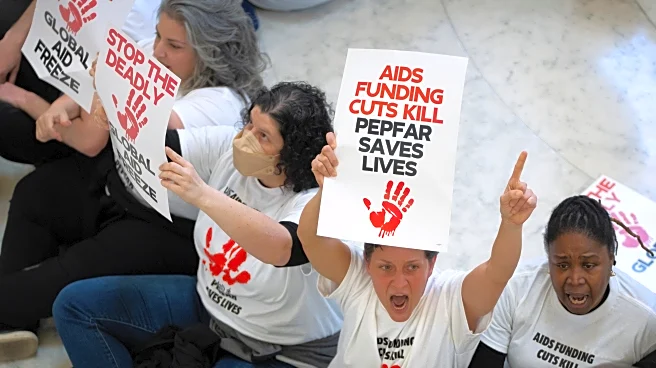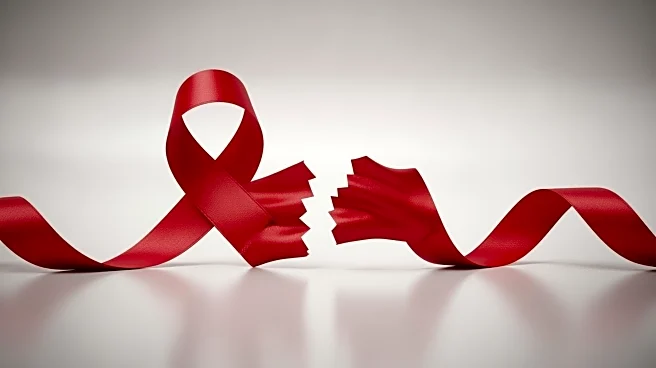What's Happening?
South Africa has welcomed a $115 million U.S. bridge plan to sustain its HIV treatment and prevention programs for six months. The funding comes after President Trump suspended all foreign aid, including PEPFAR, earlier this year. The U.S. previously
contributed over $400 million annually to South Africa's HIV programs. The funding freeze led to job losses and the closure of specialized HIV clinics. The bridge plan aims to address the lack of preparation time for budget adjustments and reflects ongoing bilateral relations despite recent tensions.
Why It's Important?
The bridge plan is crucial for maintaining HIV programs in South Africa, which has the highest number of people living with HIV globally. The funding helps prevent further disruptions in healthcare services and supports the livelihoods of health workers affected by the previous funding freeze. It also signifies a positive step in U.S.-South Africa relations, potentially easing tensions and fostering collaboration in health initiatives. The continuation of PEPFAR funding is vital for sustaining progress in HIV treatment and prevention.
What's Next?
South Africa will utilize the bridge funding to stabilize its HIV programs while exploring long-term solutions. The U.S. is reportedly changing its approach to PEPFAR, granting varying transition periods for funding cessation. South Africa will need to prepare for potential changes in funding structures and seek alternative sources to ensure program sustainability. The situation may influence diplomatic relations and future negotiations between the two countries.
Beyond the Headlines
The funding issue highlights the complexities of international aid and its impact on public health. It raises ethical questions about the responsibilities of donor countries and the implications of aid suspension on vulnerable populations. The situation may prompt discussions on sustainable funding models and the role of international partnerships in addressing global health challenges.


